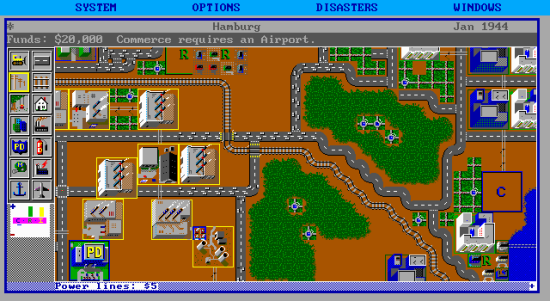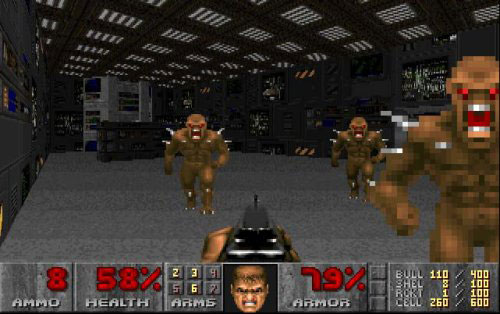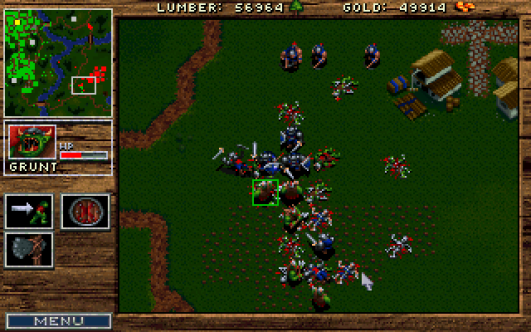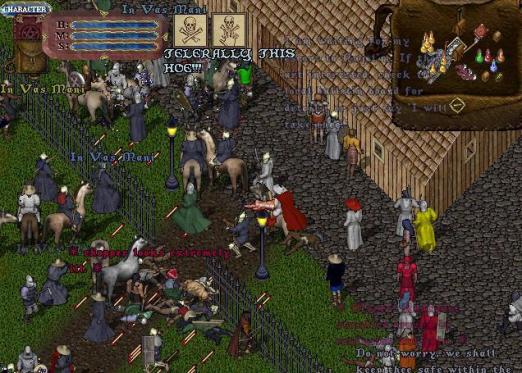Nine Video Games that Changed the World
The world of video games is constantly evolving. Being as how it is such a huge industry these days, there is always incentive to create something new and push the boundaries of the many genres of gaming. But once, a long time ago in an arcade far, far away, there were few options. People were working with minimal technologies to create games that would draw people in without the benefit of mind-blowing graphics. They had to make these games with small groups of people, so there were no AAA teams that had the luxury of spending five years perfecting a massive product. And no one really knew what would be successful or not (leading to some very hard times in the industry at various points).
I present now a list of nine of the most influential video games over the last decades. Each one of these did, in its own way, bring the industry further along, leading to the amazing wealth of creativity and entertainment that we see today. Though this list is far from complete, I do think these are some of the most important. Read on and enjoy.
Pac-Man (1980) -
It was this game that started the entire video gaming revolution. The popularity of Pac-Man began to shift video games into the realm of pop-culture. They even made a damn song about the game. People that didn’t normally play video games began to approach them. Quarters began to be devoured and gaming companies realized that they had a multi-million-dollar industry on their hands. Though Pac-Man would fade from memory due to its inherit inability to evolve into something greater, it shall forever live on as an historical moment in video gaming evolution and, if some are to be believed, as the most important video game ever.

Gauntlet (1985) -
While the Gauntlet franchise would never enter into the mainstream the way many others did, it is what this game did at the arcade that truly mattered. There was, for the first time, a popular and entertaining game that let not just two, but FOUR people play all at once. The concept was not a new one, but it was finally brought successfully to the video gaming community. And gaming companies learned that yes, we gamers do indeed enjoy playing with several of our friends.

Super Mario Bros. (1985) -
By using the combined power of the console and the arcade, Nintendo managed to take Super Mario Bros. and turn everyone into console-addicted junkies, eager for their next fix. It wasn’t an amazingly original game, but it was so damn fun to play that you were willing to buy the console just to get at it. After all, that damn arcade version was a quarter-devouring POS. And with the familiarity of the Mario name to back it up, Super Mario Bros. became an instant classic and sold countless numbers of consoles.

Street Fighter (1987) -
Beating the crap out of your friend for bragging rights? Yes, please! With the original arcade Street Fighter you were able to do just that. Better yet, people could jump in to keep challenging you. If you were good, the 50-cent buy-in could keep you playing for hours. It wasn’t long before Street Fighter began to see copy-cats. And when the fighting game phenomenon hit the consoles, it evolved even further, becoming one of the most popular genres of gaming.

Tetris (1987) -
How many hours have you spent playing Tetris? Don’t even bother to count. You might cry when you realize the answer. This game was so addictive that you could easily miss night turning into day while engaged in trying to beat your old high score. It was so intense and addictive that it spawned its own trope, a very real phenomenon known as the Tetris Effect (yes, my TV would fit right between the cupboard and my microwave… Tetris!) The arcade version drew people in, but it was too expensive in the long run. Tetris really made its mark with the hand-held console. Buy a Gameboy, buy Tetris and you can now stay entertained no matter where in the world you are. Not a bad deal and one that would create an entire audience that craved puzzle and skill-based video games.

SimCity (1989) -
The emergence of SimCity proved to the video game industry that people would indeed spend all their free time micro-managing roads, zoning, controlling traffic and fuddling with tax rates. The first version of this epic franchise was simple, yet complicated enough to draw people in. Those who played were able to create their own little worlds. And this concept evolved in so many ways. From better SimCity games, to city builders that used different eras or genres to forming the basis of more action-oriented games such as Warcraft, SimCity brought the simulation genre to a new level.

Doom (1993) -
It wasn’t the first FPS, but it was the one that everyone played. Filled with violence and gore, spending a few hours blasting demonic hordes on Doom was strangely satisfying. This was one of those games that almost immediately spawned imitators. FPS games were everywhere within a few years, some of them good, most of them bad. Now, the FPS genre is one of the biggest money-makers in the industry. Furthermore, it has evolved to merge with other genres, creating FPS games that are much more than just wailing on the “shoot” button and blowing enemies’ faces off.

Warcraft: Orcs and Humans (1994) -
It wouldn’t be long before the first Warcraft game spawned an entire revolution in the strategy genre. No longer would people be satisfied with turn-based warfare. No, they wanted to kill their enemies in real-time. The following year, Command and Conquer would come along and up the ante, combining with the powers of faster Internet to create PvP experiences online and thus rocketing the RTS format into preeminence. Though Warcraft has evolved into an MMO in modern years, the initial emergence of Orcs and Humans and its wild popularity secured its name in history.

Ultima Online (1997) -
Though it was not the first MMO, Ultima Online quickly became one of the most popular ones. At this point, companies began to see serious potential in the ability of MMOs to leech millions of dollars by charging monthly subscription fees. This 2D game did not present the intense graphical world that we see in modern times, but it established a template that would be adopted by future MMOs even as the technology to implement that template evolved into something greater.
Photo Credits -
Pac-Man courtesy of rantlifestyle.com
Gauntlet courtesy of hark.com
Super Mario Bros. courtesy of multiplayer.it
Street Fighter courtesy of gamesradar.com
Tetris courtesy of gamesided.com
SimCity courtesy of freegameempire.com
Doom courtesy of mtbs3d.com
Warcraft courtesy of mobygames.com
Ultima Online courtesy of giantbomb.com
